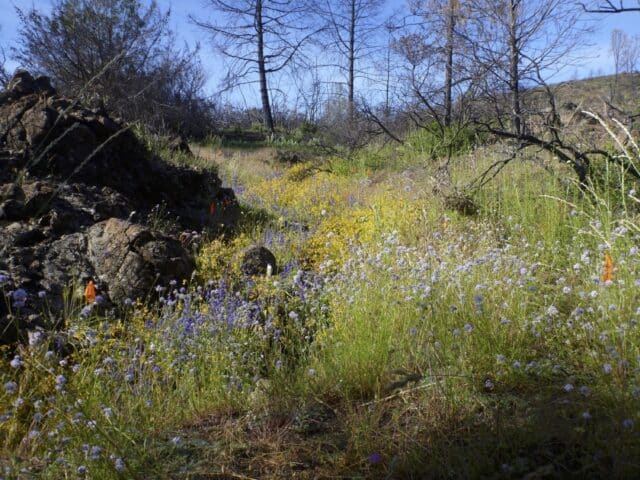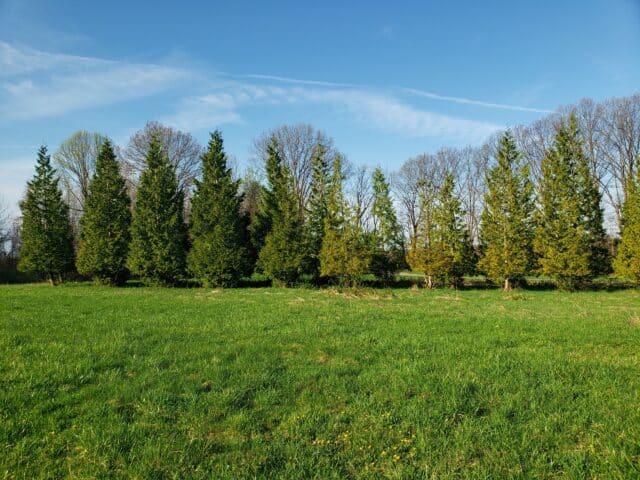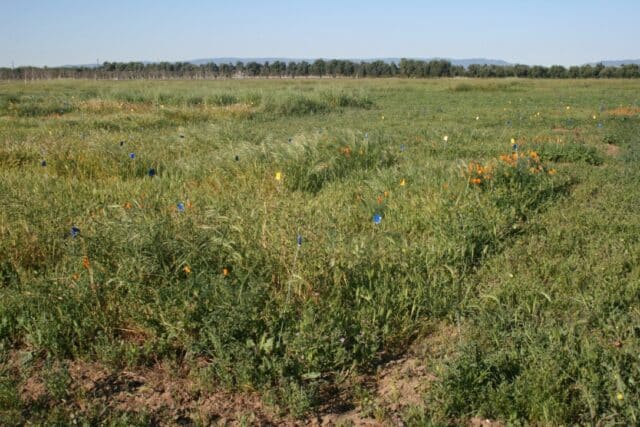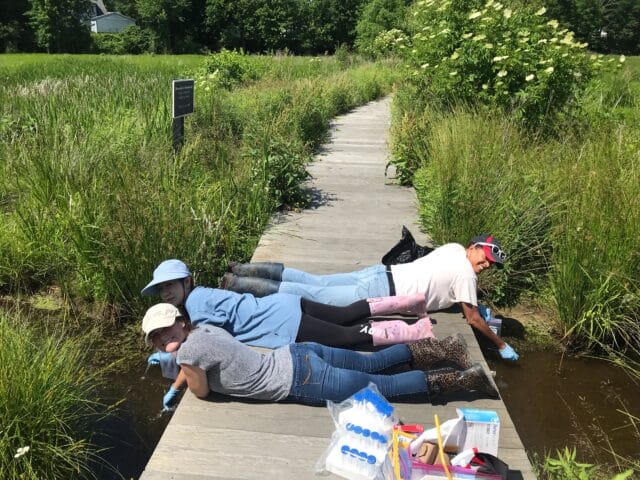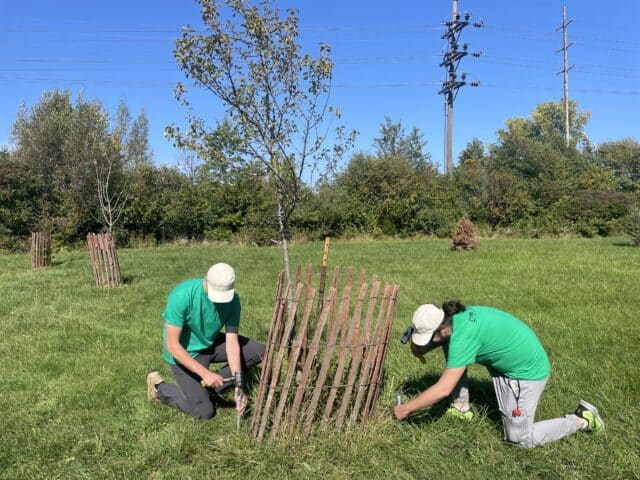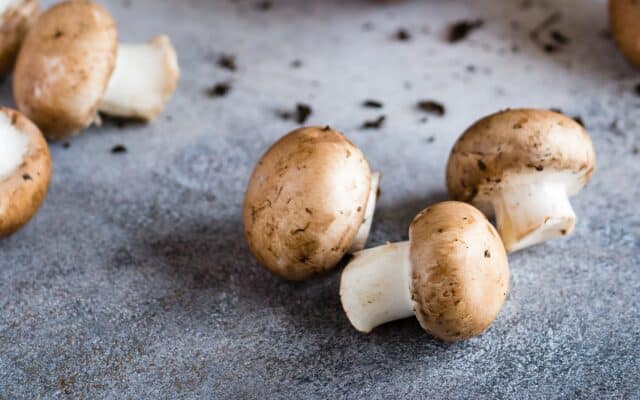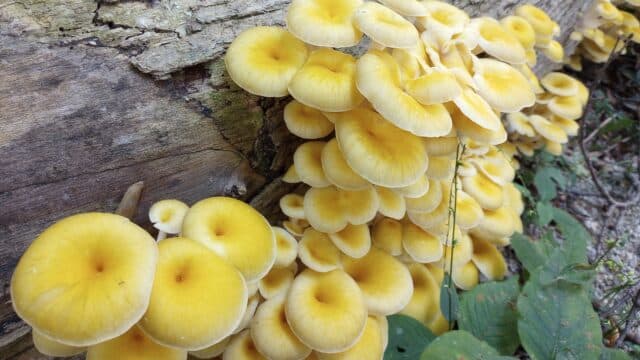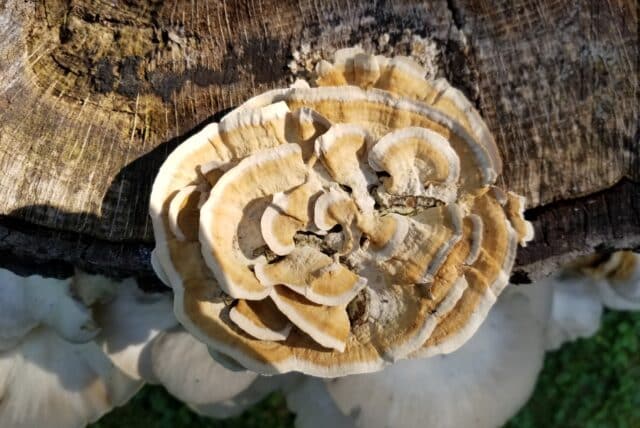National Mushroom Month Continues – Lessons in Fungal Ecology and Conservation
September 18, 2020

My name is Claudia and I’m the newest member of the team here at the Long Science Center at Holden Arboretum. I’m a recent graduate of the State University of New York College of Environmental Science and Forestry with a Master of Science in Forest Pathology and Mycology. I am joining Holden Forests and Gardens to continue my education and earn my Ph.D. through a joint program with Case Western Reserve University. My research centers on a type of fungi known as mycorrhizal fungi. Mycorrhizal fungi form mutually beneficial relationships with plants (mutualisms!). Mutualism means that both organisms benefit. In exchange for photosynthates (i.e., fixed carbon) from the plant, mycorrhizal fungi provide the plant with nutrients from the soil, especially nitrogen and phosphorus.
Mycorrhizae, or the exchange of resources between fungi and plant roots, are one of Earth’s most prevalent mutualisms. It is estimated that over 90% of land plants form relationships with mycorrhizal fungi. Further, these associations occur in almost all terrestrial ecosystems! While there are several different kinds of mycorrhizal fungi, my research focuses on ectomycorrhizal fungi. The word ‘ectomycorrhiza’ is a combination of the Greek roots “ecto”, meaning outer, “myco”, meaning fungus, and “rhiza”, meaning root, and refers to a fungus living on the outside of plant roots. One way that ectomycorrhizal fungi are distinct from other types of mycorrhizal fungi is that many of them produce mushrooms! Mushrooms are a type of sporocarp, or the reproductive structure of fungi.
In 2018 for my Master’s research I sampled mushrooms from ectomycorrhizal fungi at Bartlett Experimental Forest in New Hampshire. Certain plots within this forest had nitrogen and phosphorus fertilizer added to the soil. In this way, the plots mimicked nutrient pollution. Even though nitrogen and phosphorus are important nutrients for plants, if an excess amount enters a forest, such as from agricultural runoff, they can become pollutants. Excess amounts of nitrogen and phosphorus can be harmful to mycorrhizal fungi because if the nutrients are readily available for plants, they don’t need their mycorrhizal partners to provide these nutrients. The plants then, capable of acquiring their own nitrogen and phosphorus, may stop sending carbon to mycorrhizal fungi, making it so that the fungi can no longer grow and reproduce. This can be detrimental to some ectomycorrhizal species and can even make them become locally extinct.

To investigate how nitrogen and phosphorus pollution can affect different species of ectomycorrhizal fungi, II collected over 5,000 mushrooms and identified them based on their morphology (or the way they looked) and by analyzing their DNA sequences. I found that with added nitrogen fertilizer, the abundance and diversity of mushrooms was lower relative to plots without added nitrogen. I also found that the species of ectomycorrhizal fungi were different in each of my four nutrient conditions (added nitrogen, added phosphorus, added nitrogen AND phosphorus, and control plots without added nutrients). This is an indication that different types of nutrient pollution can affect ectomycorrhizal fungal species differently. My research adds to our understanding of how the biodiversity of mycorrhizal fungi is influenced by environmental changes. Fungi are impacted by habitat loss, climate change, over-harvesting, and pollution. Despite this, the conservation of fungal biodiversity gets little attention, compared to other groups of organisms.
Fungi are fundamental to a healthy environment. In particular, mycorrhizal fungi are directly beneficial for plant health, not only because they acquire nutrients for their plant hosts (as stated above), but also because they help their plant hosts under drought and resist disease. My Master’s research contributed to a growing understanding of how mycorrhizal fungi respond to nutrient pollution, which may aid in the conservation of mycorrhizal fungal biodiversity. As a new Ph.D. researcher at Holden I am excited to bring my appreciation of fungi to the forest and to the lab, and to continue learning from these strange and wonderful organisms!
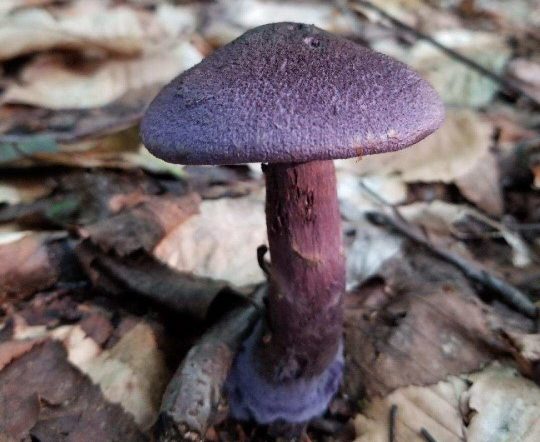
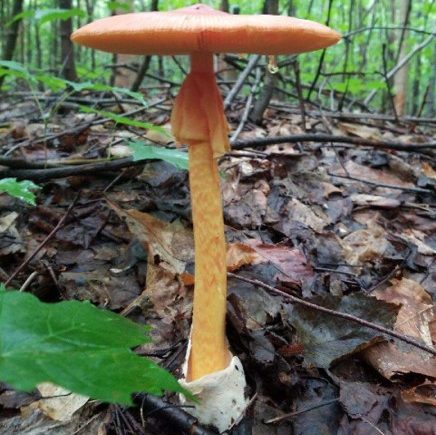
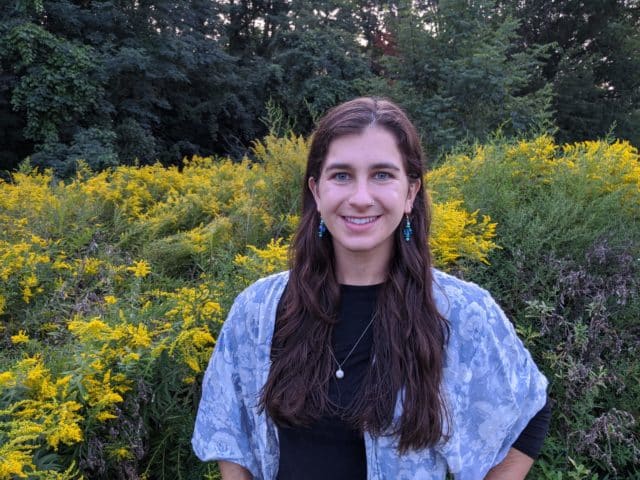
Claudia Bashian-Victoroff, MS
Research Specialist
I am a fungal ecologist focused on connections between soil fungi and tree health. My research couples field collections with modern molecular identification methods to investigate ectomycorrhizal species diversity and function. As a research specialist in Dr. David Burke’s lab at the Holden Arboretum, I support research on soil ecology and forest pathology. Currently, I focus on the role of soil fungi in urban canopy restoration in Cleveland, OH. Trees growing in urbanized environments are subject to pressures such as habitat fragmentation, exposure to heavy metals, and soil compaction. Mycorrhizal fungi can enhance plant growth, disease resistance, and drought tolerance; therefore, it is necessary that we establish a better understanding of how these fungi might improve outcomes of urban restoration efforts. Beyond this, I enjoy discussing the importance of fungal research and conservation with diverse audiences through teaching, writing, and mentorship.
